Vincent van Gogh - Self-Portrait 1887-1888
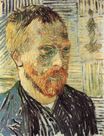 |
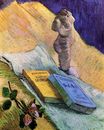 |
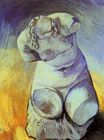 |
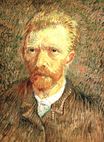 |
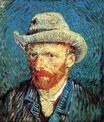 |
 |
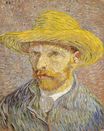 |

Self-Portrait 1887-1888
46x35cm oil/canvas
Foundation E.G. Bührle, Zurich
<< Previous G a l l e r y Next >>
From Foundation E.G. Bührle, Zurich:
Van Goghs two years in Paris bring about the decisive transformation of his style. Up to then he had been under the influence of the Barbizon school, but in Paris in the spring of 1886 he is at the focus of a great break-through. A restless younger generation, dissatisfied with the achievements of Impressionism, is seeking a new approach. The avant-garde is excited by the Neo-lmpressionism of a Seurat and a Signac.
Van Gogh finds himself in a strange situation: he is thirty-three years old, hitherto an expressive realist, against Impressionism, which he is scarcely acquainted with, and
finds himself confronted by artists who are ten to fifteen years younger, whom he must even so take as his models and mentors, as they represent the latest trend. At the Atelier
Cormon, where van Gogh meets Toulouse-Lautrec and Emile Bernard, the problem becomes quite palpable. Therefore it is only too understandable that van Gogh seeks in secret,
as it were to appropriate the new style in his own studies.
The more than fifty flower pictures that he paints in Paris show his attempt to get away from his dark shades and to work with bright colours. He expressly testifies to this
in a letter to his sister. The same thing applies to the twenty-three self-portraits he does during his Paris period; these paintings make it possible to come to terms with
his artistic problems and gradually to replace the grey-brown gallery shades with bright colours. Also these portraits are ruthlessly honest in that they are devoid of all
poses; they show the rather uncouth Dutchman who is perforce an alien in sophisticated Paris.